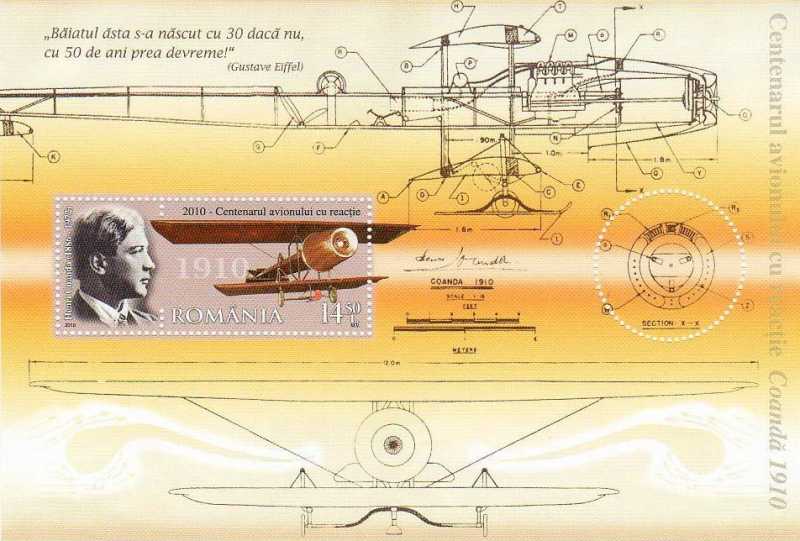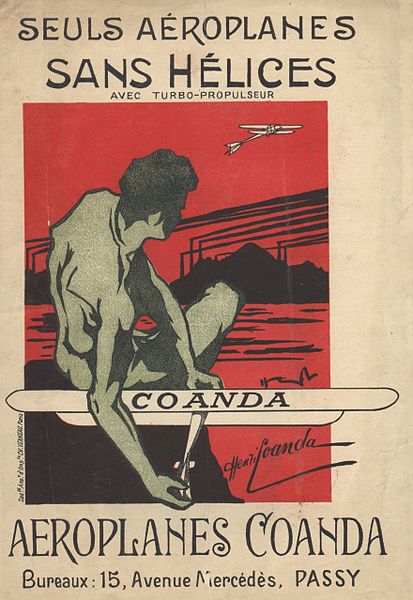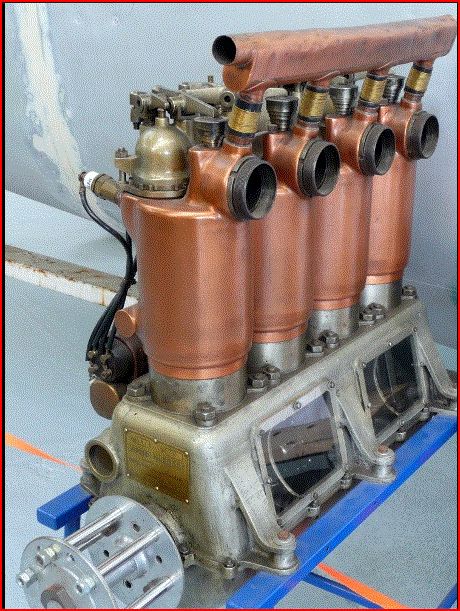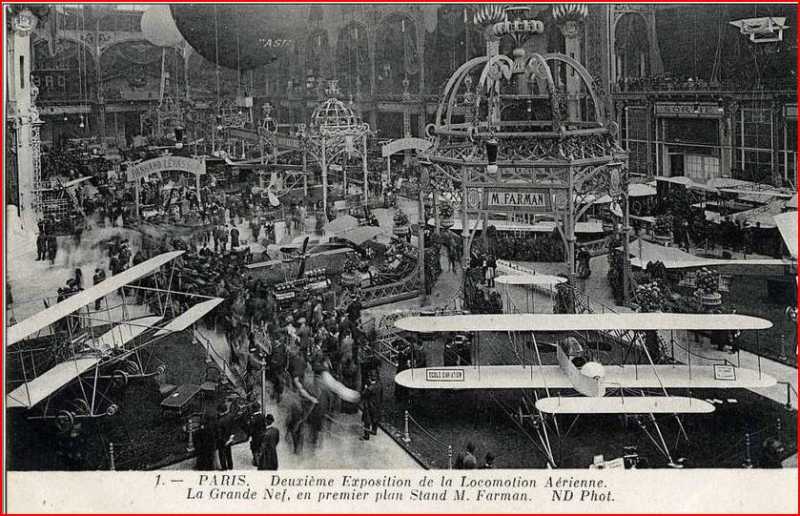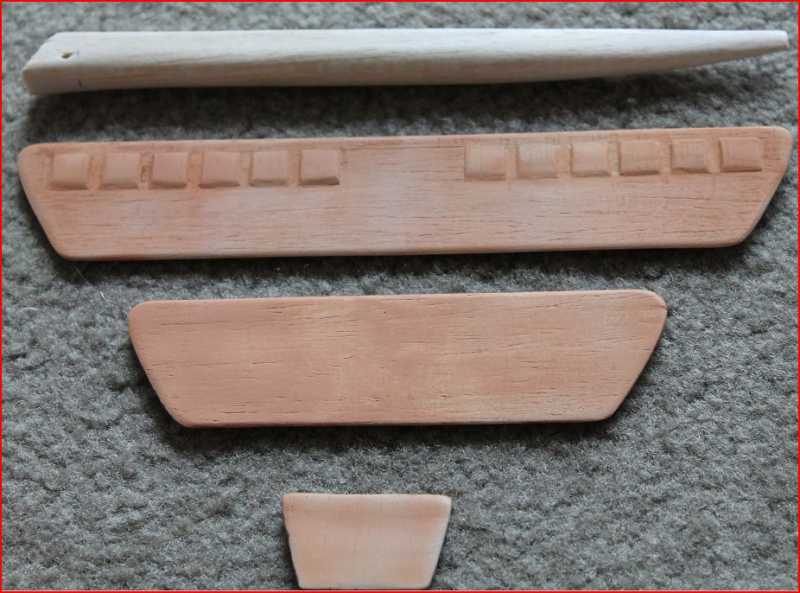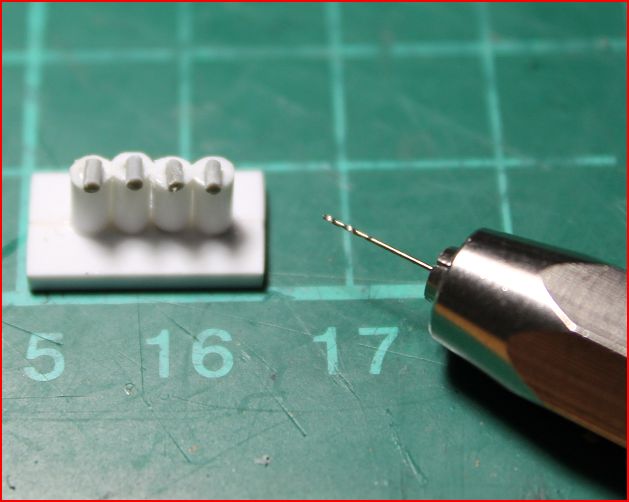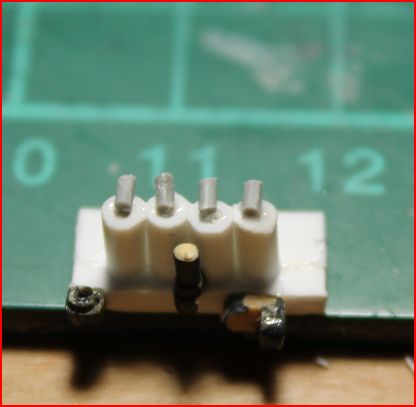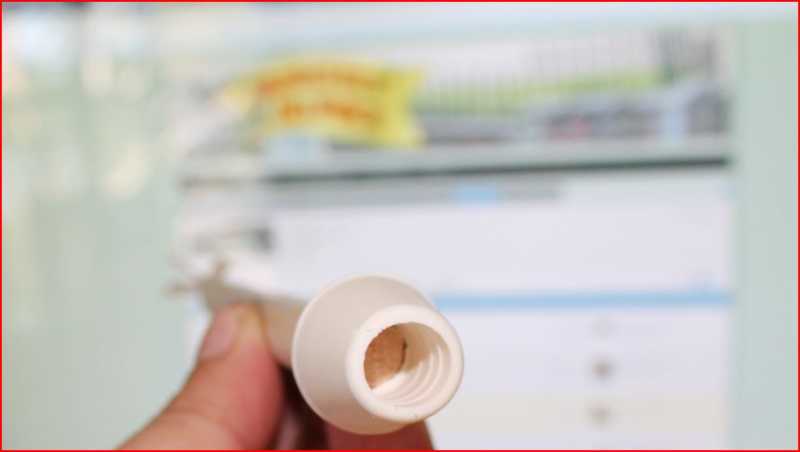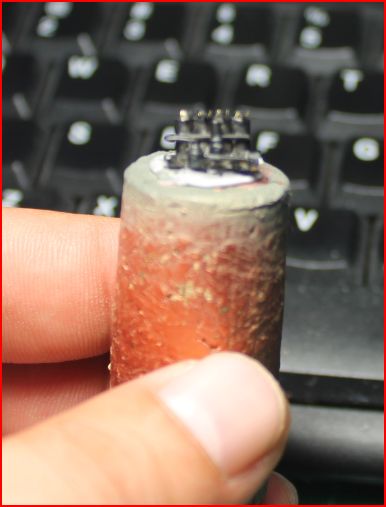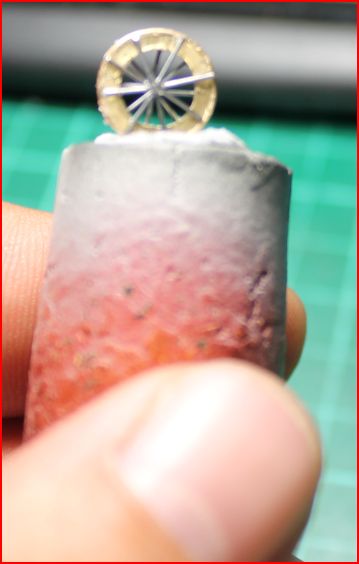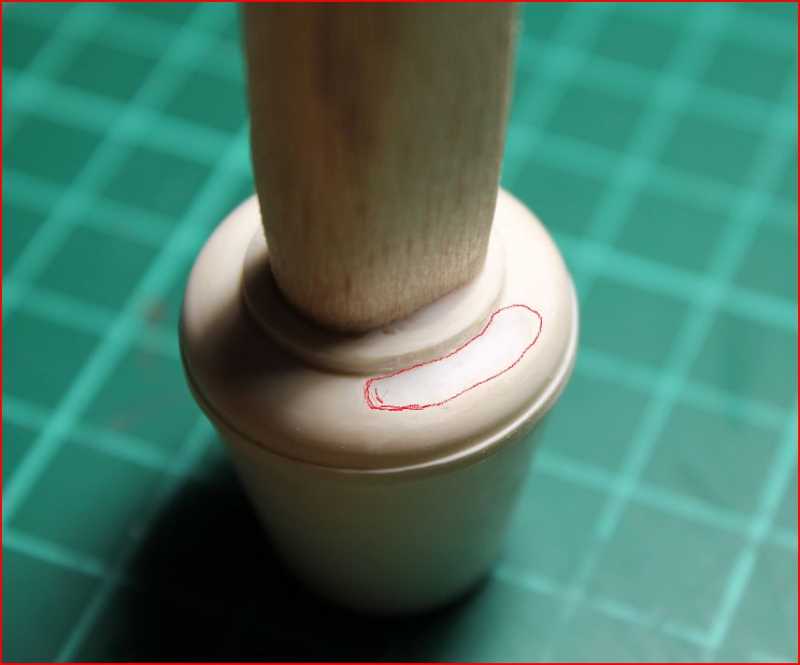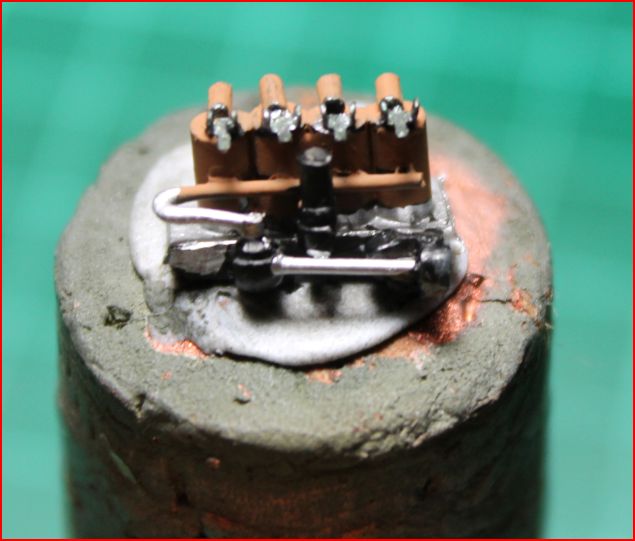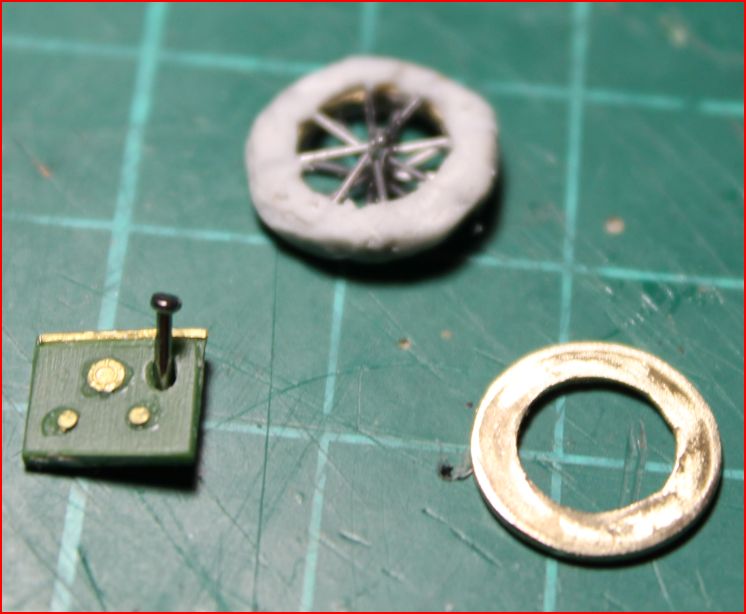White_Wolf
Master at Arms
Right .... made a start on this one, it's a balsa (mainly) build, based on a real thing called Coanda 1910 after the mad man who built it in 1910.
Bit of history .... the plane was on display at the Paris 1910 expo where it made a sensation because it did not have a propeller. For the connoisseurs, it also displayed a "weird" wing arrangement and did not have a lot of struts and wires, also the tail was, again, of a weird shape.
The plane was the first propellerless plane ever, not to enter in the dispute regarding the first jet, real jet, thermo jet or anything like that. There are pro's and cons on that topic, I'll leave it to the experts to deliver the verdict.
Nevertheless it was a jet driven plane, was supposed to have all the traction delivered by a 4 cyl engine spinning a turbine, not just merely a fan. I'll post some drawings later on.
It was also the first sesquiplane - top wing 1.5 times bigger than the lower one, fact that was later to be adopted by most builders.
Coanda took off (attempted to) later in the year but his first flight was short and nearly deadly. The flames and fumes from the turbine did not go away from the fuselage but rather lingered along, engulfing it and setting it on fire. He later said the plane was more powerful than he had anticipated, caught by surprise and nearly on fire himself, he crashed and the plane was destroyed in the fire that followed. Or almost destroyed, historical records are unclear about it. Fact is that he made it alive although with a broken arm which put a stop to an otherwise very talented painter and sculptor.
Coanda did remember the flames going along the fuselage and studied the phenomenon which he later called "The Coanda effect". Plenty of applications in place in the world.
He went on to become Chief Engineer at Bristol, worked in France during WW2, patented the lenticular aerodyne in the 1930's, then he went to the US where he spent quite a few years. He returned to his homeland Romania where he passed away in 1972. He is held in high esteem in his country as one brilliant engineer and inventor.
Onto the build, here are some pics:
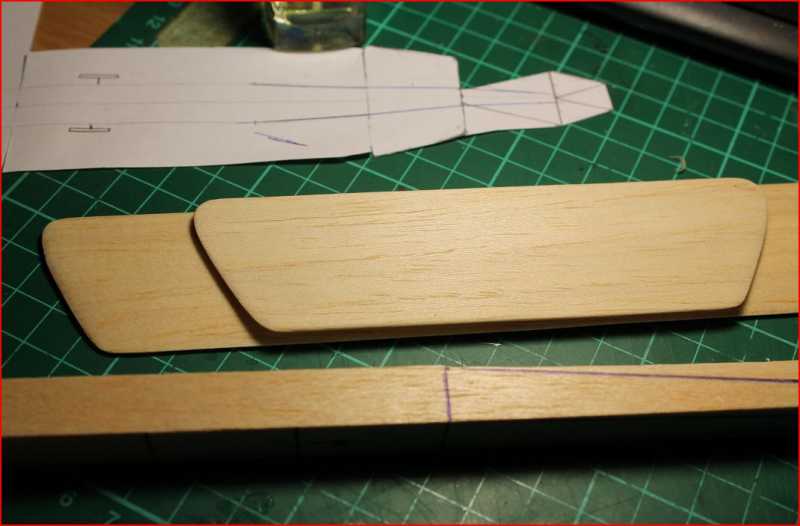
THe top wing and the bottom wing. Balsa wood, a c oat of clear nail polish (thanks to the Mrs :kiss: )
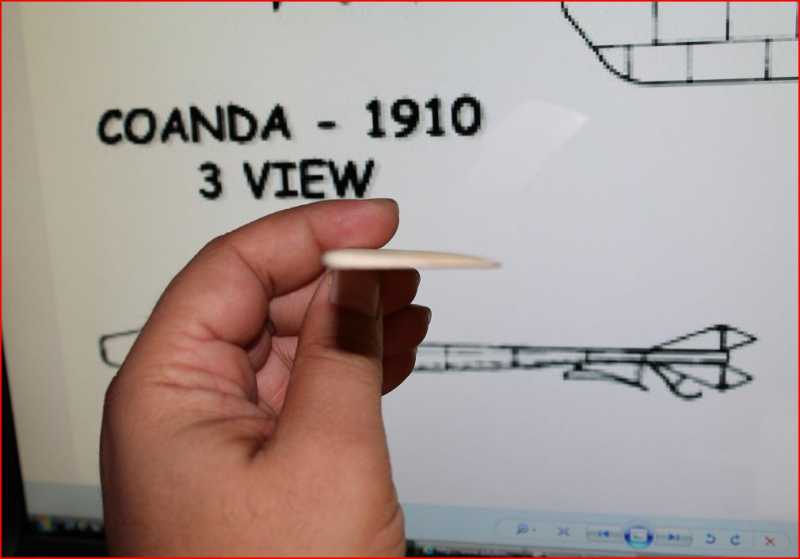
Profile of the wing. Tried to make it look as close to the real thing as possible, bit blurry.
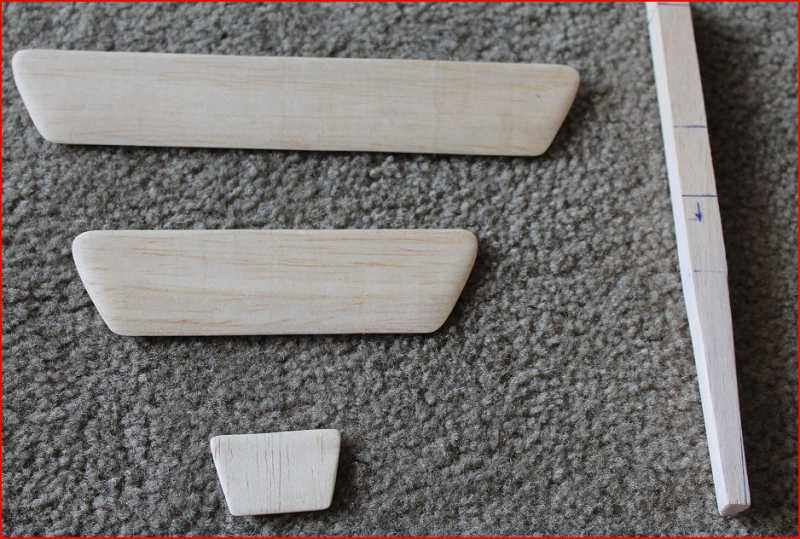
Top and bottom wings and the smaller stabiliser wing at the rear of the fuselage, fuselage there as well

Balsa strips to simulate the bits under the wing that were placed there for better airflow. Had a really hard time finding a pic revealing enough for me to see what these elements looked like.
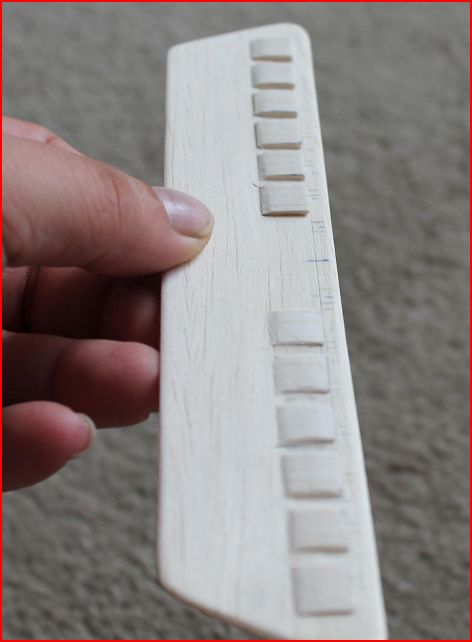
The darn things filed down. The right section - they are finished, there are gaps between them. Left section - gaps created but still have to file / sand them to the right shape.
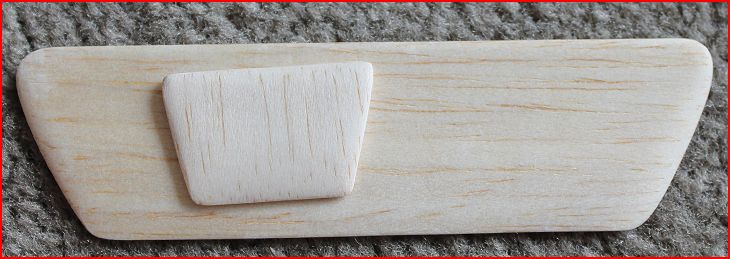
Top wing below, small rear wing on top. There is a slight difference in colour, the smaller wing has been sanded with 1200 grit. Much nicer and smoother.
The original plane here:
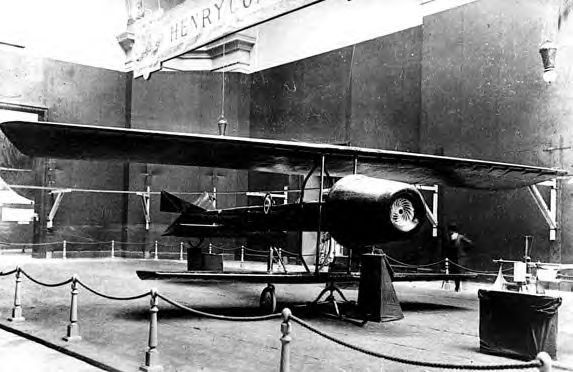
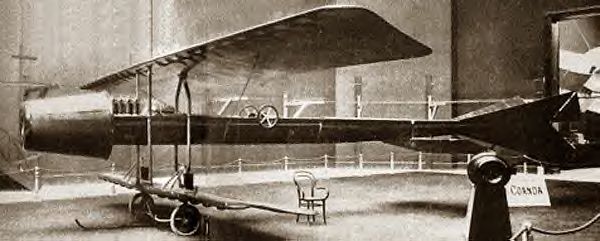
And a pic showing his biplane - not the propeller at the rear of the plane.
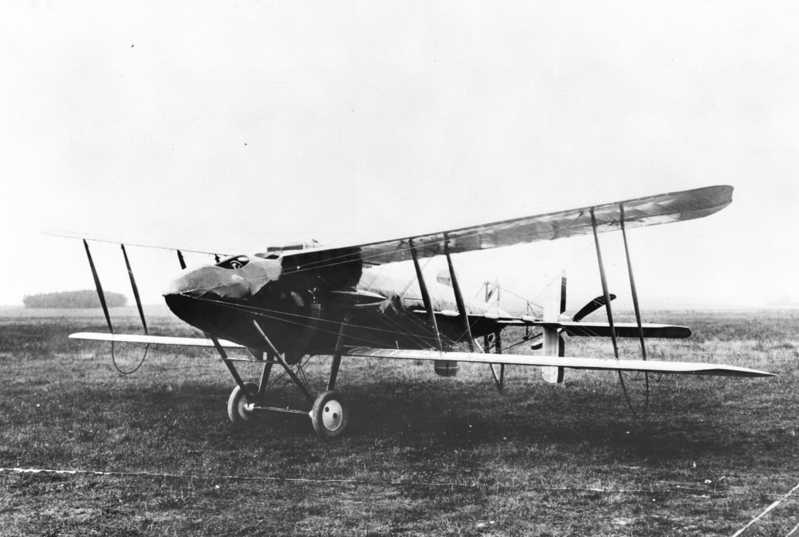
That's it for now, more to follow.
Bit of history .... the plane was on display at the Paris 1910 expo where it made a sensation because it did not have a propeller. For the connoisseurs, it also displayed a "weird" wing arrangement and did not have a lot of struts and wires, also the tail was, again, of a weird shape.
The plane was the first propellerless plane ever, not to enter in the dispute regarding the first jet, real jet, thermo jet or anything like that. There are pro's and cons on that topic, I'll leave it to the experts to deliver the verdict.
Nevertheless it was a jet driven plane, was supposed to have all the traction delivered by a 4 cyl engine spinning a turbine, not just merely a fan. I'll post some drawings later on.
It was also the first sesquiplane - top wing 1.5 times bigger than the lower one, fact that was later to be adopted by most builders.
Coanda took off (attempted to) later in the year but his first flight was short and nearly deadly. The flames and fumes from the turbine did not go away from the fuselage but rather lingered along, engulfing it and setting it on fire. He later said the plane was more powerful than he had anticipated, caught by surprise and nearly on fire himself, he crashed and the plane was destroyed in the fire that followed. Or almost destroyed, historical records are unclear about it. Fact is that he made it alive although with a broken arm which put a stop to an otherwise very talented painter and sculptor.
Coanda did remember the flames going along the fuselage and studied the phenomenon which he later called "The Coanda effect". Plenty of applications in place in the world.
He went on to become Chief Engineer at Bristol, worked in France during WW2, patented the lenticular aerodyne in the 1930's, then he went to the US where he spent quite a few years. He returned to his homeland Romania where he passed away in 1972. He is held in high esteem in his country as one brilliant engineer and inventor.
Onto the build, here are some pics:

THe top wing and the bottom wing. Balsa wood, a c oat of clear nail polish (thanks to the Mrs :kiss: )

Profile of the wing. Tried to make it look as close to the real thing as possible, bit blurry.

Top and bottom wings and the smaller stabiliser wing at the rear of the fuselage, fuselage there as well

Balsa strips to simulate the bits under the wing that were placed there for better airflow. Had a really hard time finding a pic revealing enough for me to see what these elements looked like.

The darn things filed down. The right section - they are finished, there are gaps between them. Left section - gaps created but still have to file / sand them to the right shape.

Top wing below, small rear wing on top. There is a slight difference in colour, the smaller wing has been sanded with 1200 grit. Much nicer and smoother.
The original plane here:


And a pic showing his biplane - not the propeller at the rear of the plane.

That's it for now, more to follow.


